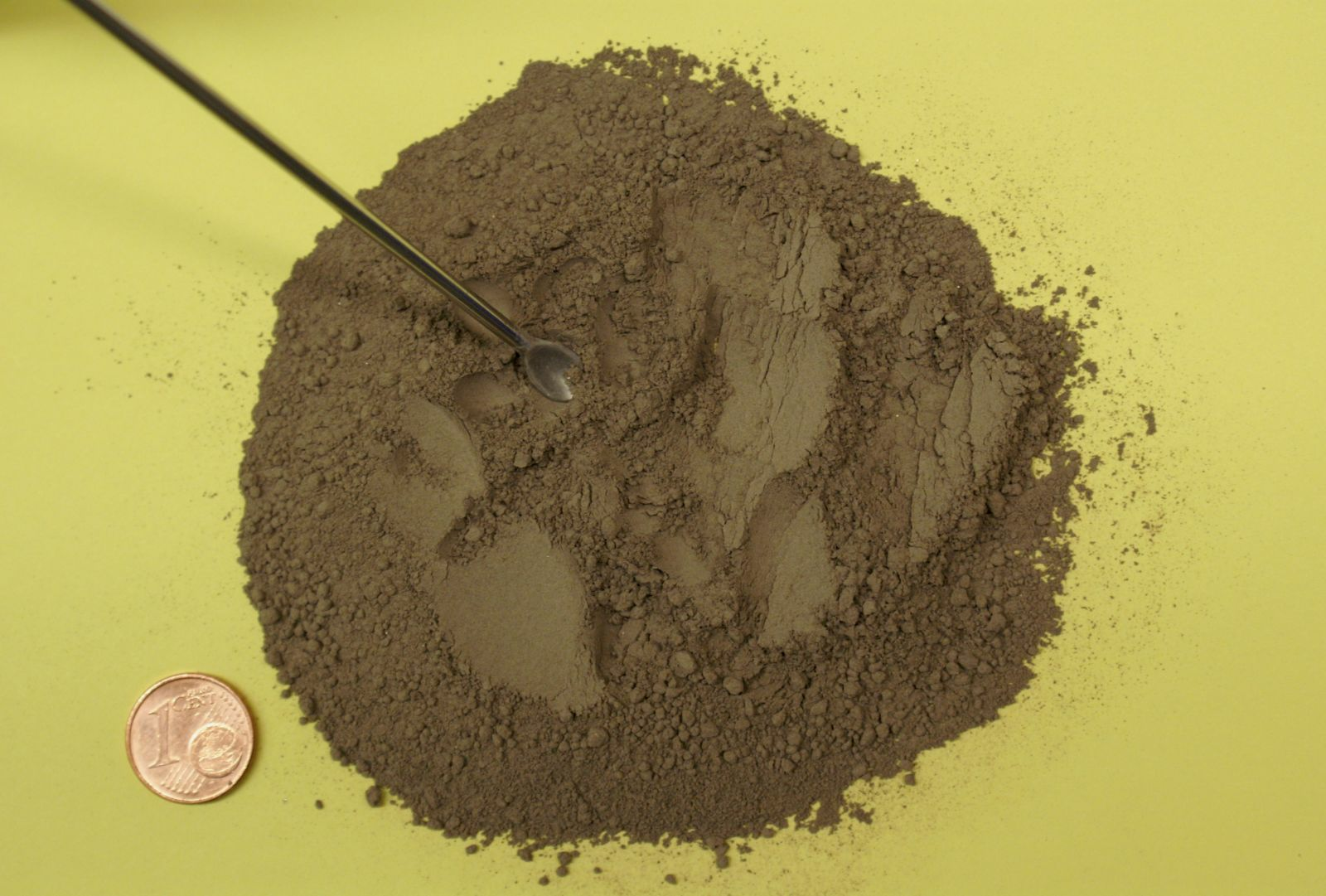Using rock flour
What is rock dust?
Rock flour is a finely ground powder made from rock (usually limestone or mudstone). Depending on the rock, they differ in their ingredients and therefore their effect and application in gardening.
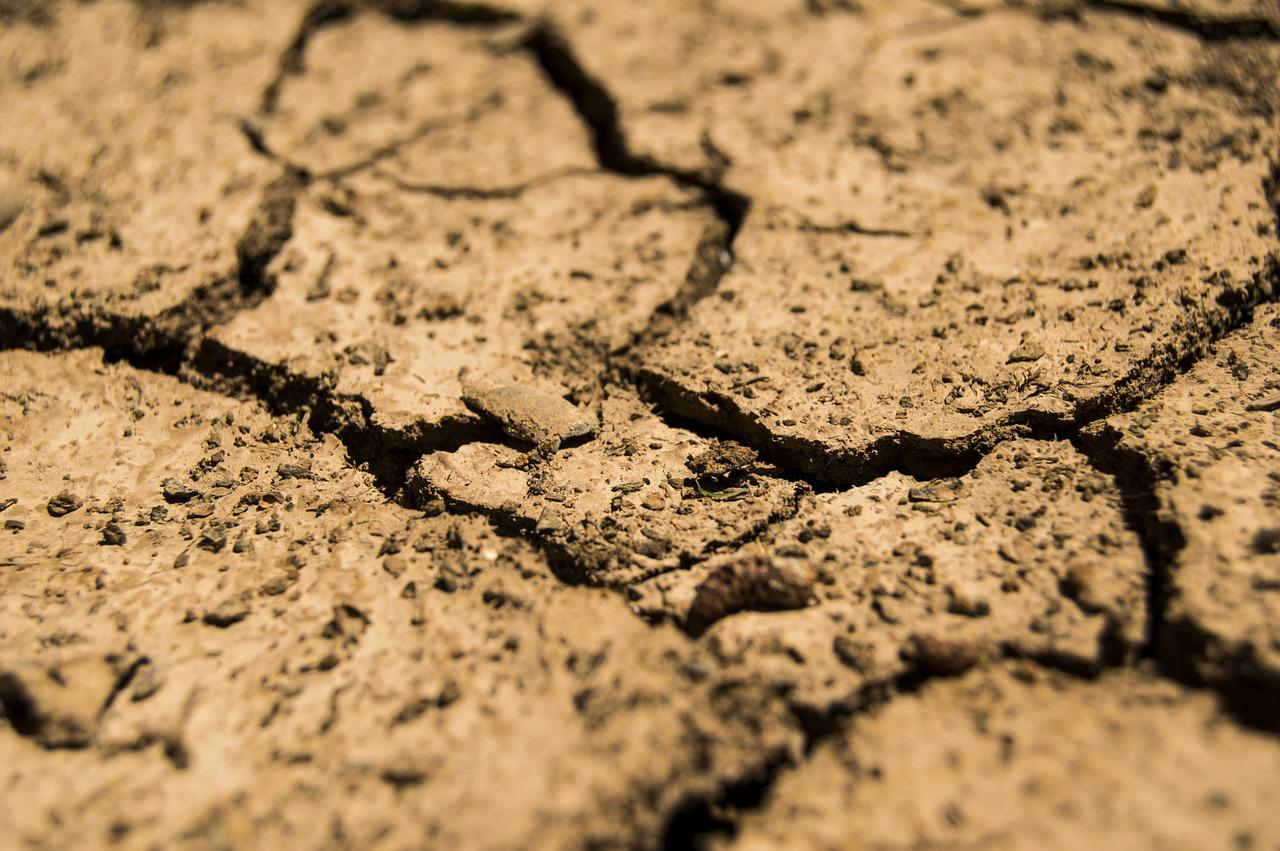
Primary rock flour is a soil additive and acts mainly as a soil improver and plant strengthening agent against pests and diseases. It is not a traditional fertilizer as it contains little nitrogen, phosphorus and potassium. Horn meal, which is rich in nitrogen, is better suited for this purpose. Rock flour, on the other hand, is rich in magnesium, calcium, iron, potassium and silicic acid as well as trace elements such as molybdenum and manganese.
How does rock flour work?
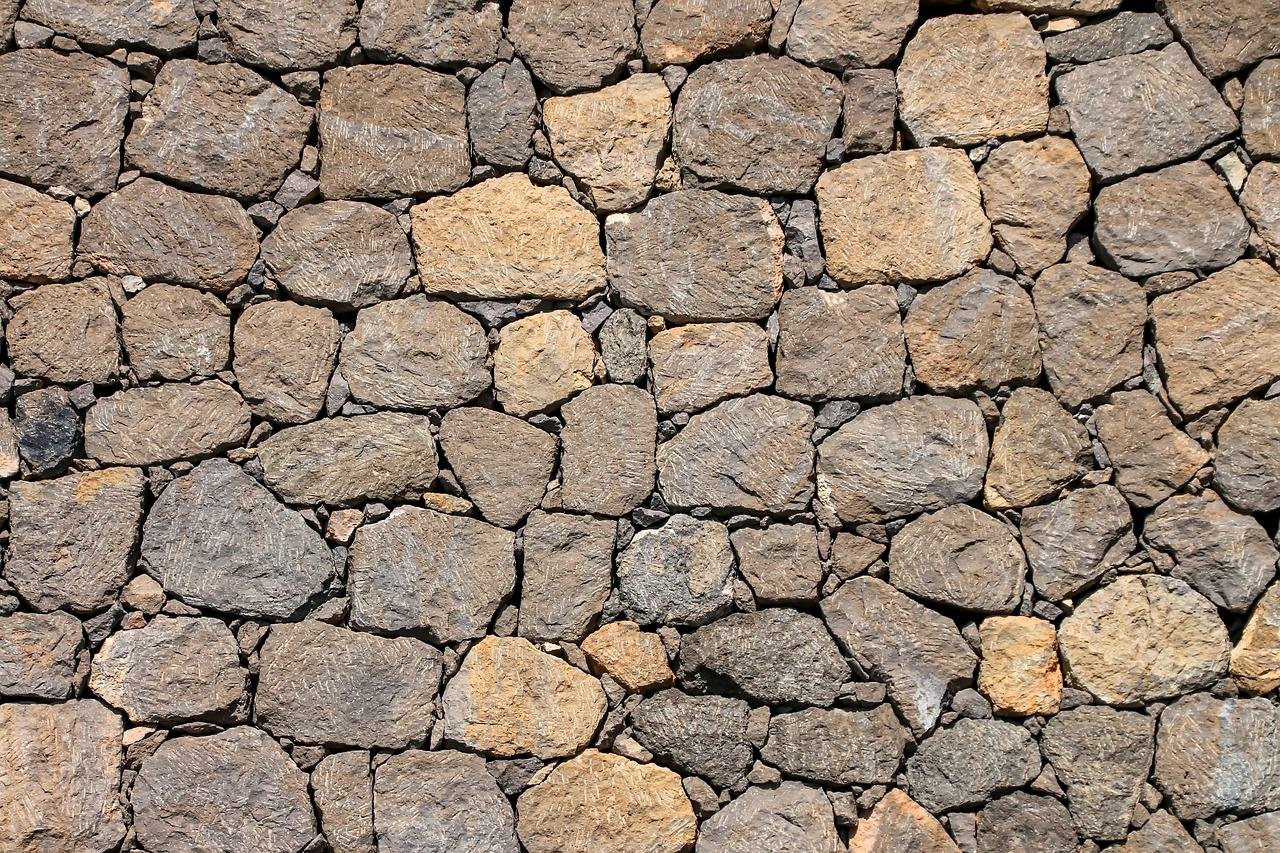
Depending on the parent rock, rock powders have - an alkaline effect, e.g. diabase, zeolite or bentonite - an acidic effect, e.g. basalt and granite powder Depending on the garden soil, you should choose the right rock powder:
- clayey soils tend to need alkaline powders
- sandy soils tend to need claystone
Diabas (Kalkstein)
- rich in calcium (counteracts soil acidification); high in silicic acid (strengthens plants)
Zeolith
- Improves water and mineral retention of the soil; has an alkaline effect and should only be used sparingly at a pH above 8
Bentonit
- Enriches clay in the soil and thus improves water and nutrient retention; especially for sandy soils
Basalt & Granit
- For alkaline soils to lower the pH (improved nutrient availability, especially of phosphorus); good for compost (promotes decomposition); suitable for all garden soils
Using rock flour for the soil
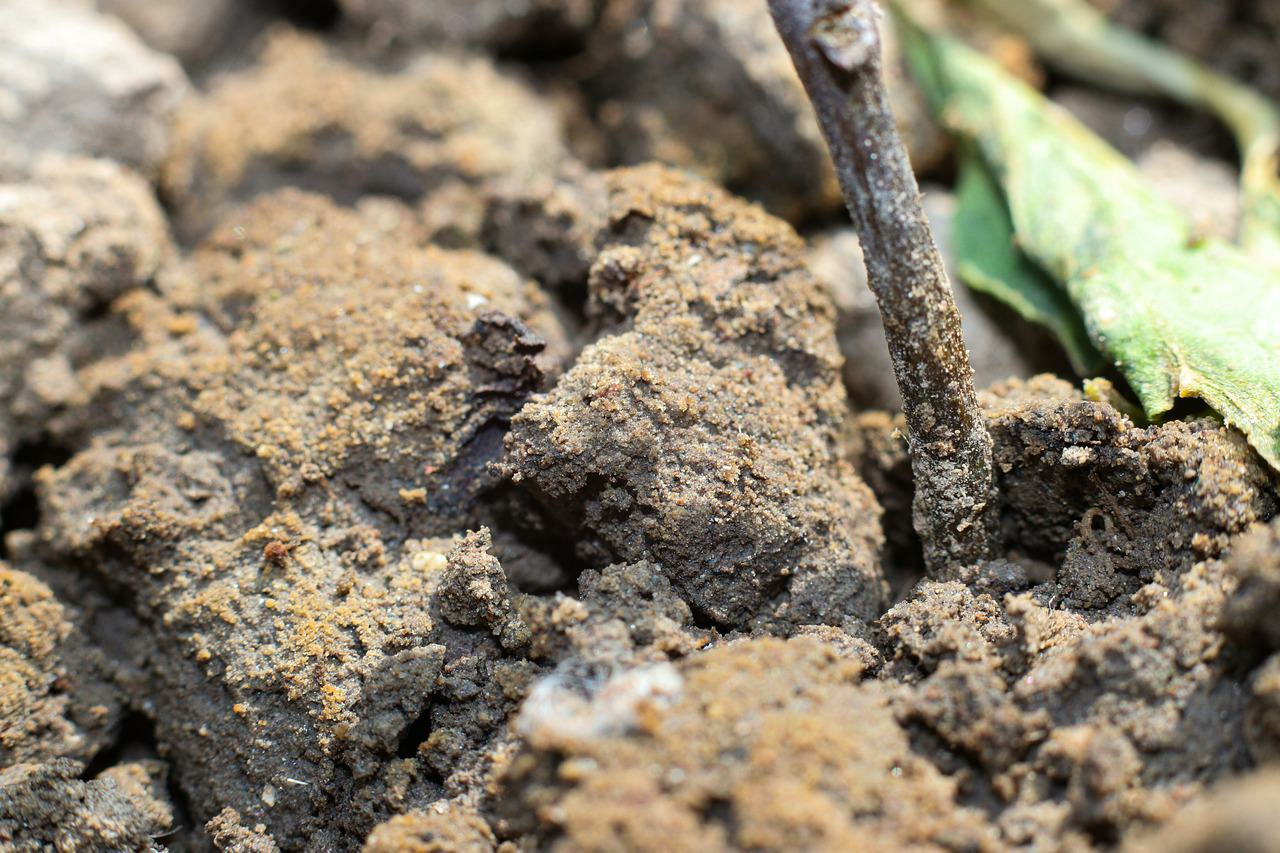
You can improve and rejuvenate the soil with rock flour. This is because most garden soils acidify over time and the pH value drops. In an acidic soil, nutrients are less available and biological activity is low. The same applies to an overly alkaline environment. You can create good conditions for your plants and soil inhabitants with rock flour.
Tips for floor care with stone powder
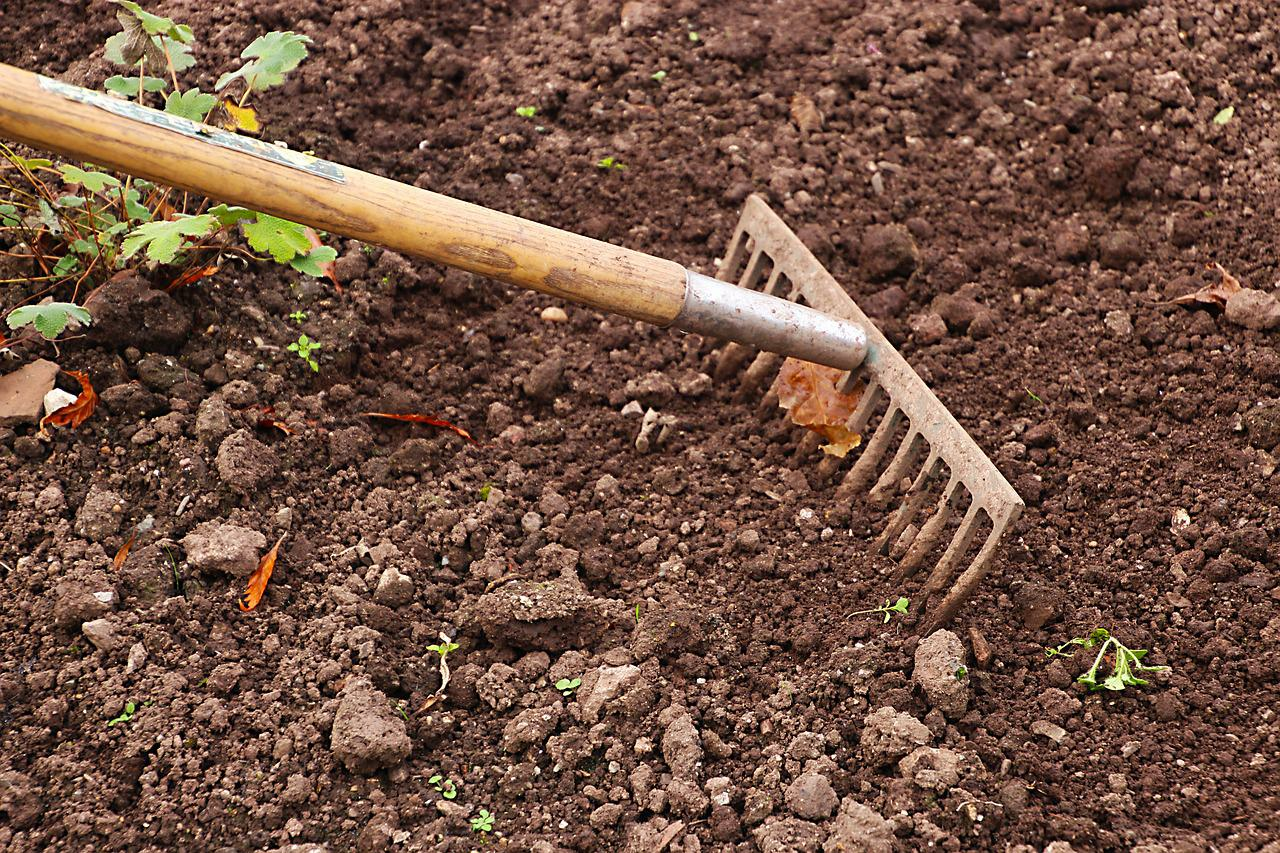
- Spread on beds, work in well and water
- annual application between 100 to 500 g/3.5 to 17.6 fl. oz. per m2/1.2 yd2, depending on soil type, soil pH and planting
- add compost and fertilize the soil indirectly with it
- supplementary measures such as mulching or green manuring improve the effect of rock flour on the soil
Rock flour to strengthen plants
Due to its high silica content, rock flour also has a plant-strengthening effect. Silicic acid strengthens the cell walls of plants and thus protects them from sucking pests and fungal diseases. In addition, pests - but unfortunately also beneficial insects - are injured by the fine dust and prevented from breathing and moving. In this way, rock dust prevents infestation, but can also help to get rid of the hungry visitors in the event of an infestation.
Important!
However, as rock dust has a non-specific effect on all insects in your bed, you should use it carefully. Therefore, do not spray during the bee flight season or in areas in your garden with many beneficial insects. Rock flour also has a disorganizing effect, which means that flying insects can no longer properly perceive aromas and attractant hormones.
Tips for use against pests and diseases
- apply 200 - 300 g/7 - 10.5 fl. oz. dissolved in 10 L/21 pt of water as a foliar spray as a preventative measure
- apply in powder form against pests (apply with a powder sprayer or broom)
- build a 5 to 10 cm/2 to 4 in wide protective wall in the seedlings against slugs
- mix rock flour and nettle manure against voles (tip into aisles)
- protective tree coating made from clay powder for the winter
